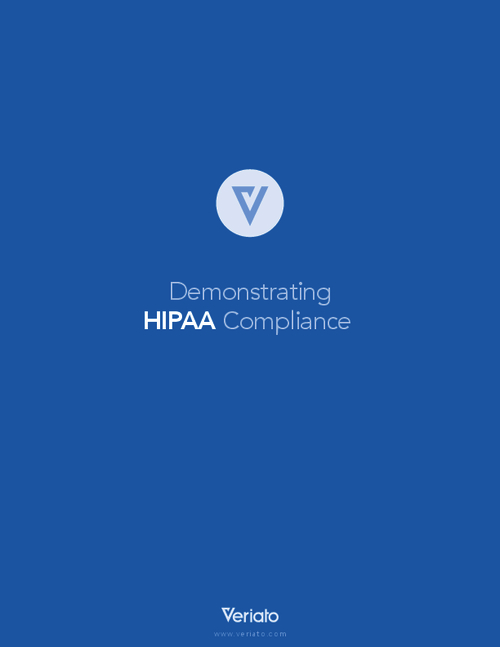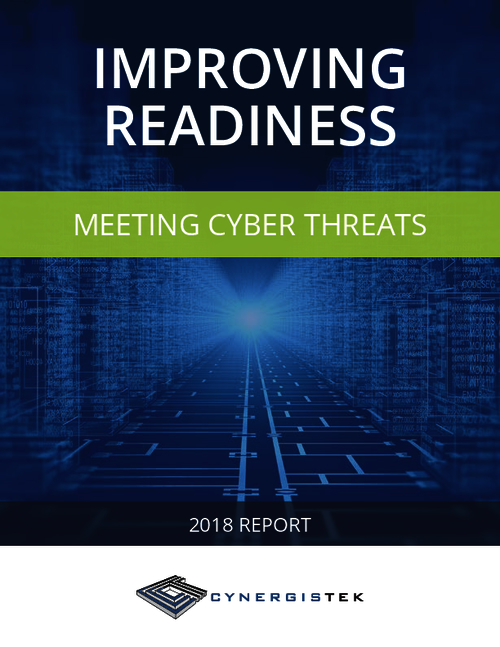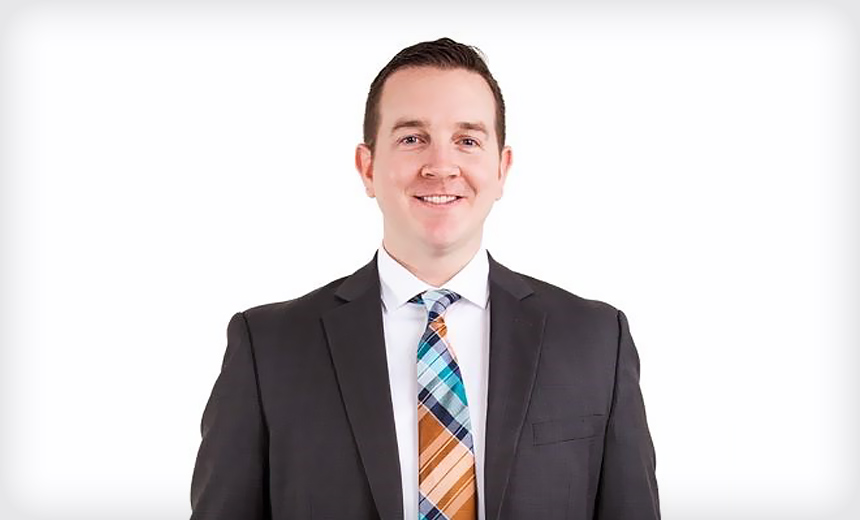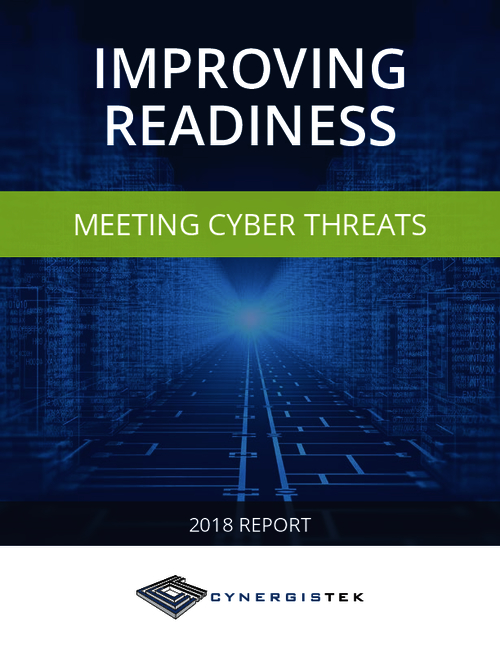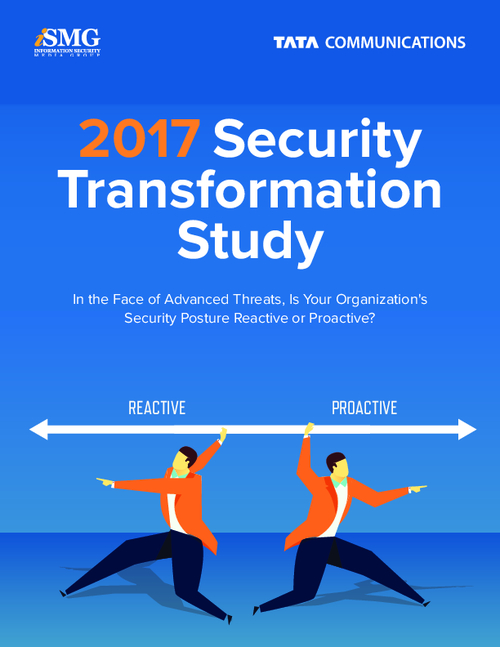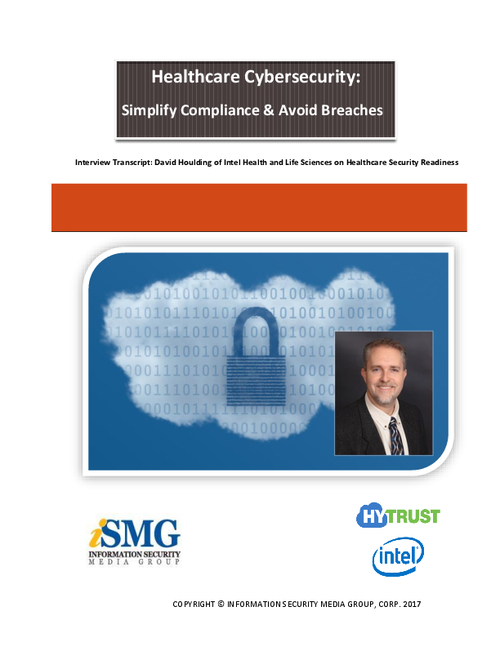Social Networking: A Physician's Story
In an exclusive interview Livingston, who practices with four other physicians at MacArthur OB/GYN in Irving, Texas, describes the many new ways the doctors communicate with patients, including:
HOWARD ANDERSON: This is Howard Anderson, managing editor at Information Security Media Group. Today we are speaking with Dr. Jeff Livingston at MacArthur Ob/Gyn in Texas. Thanks for joining us Dr. Livingston.
DR. JEFF LIVINGSTON: Well thank you for having me.
ANDERSON: For starters please tell us a little bit about your practice, including how many physicians are involved.
DR. LIVINGSTON: We are in Irving, Texas, right between Dallas and Fort Worth. There are five doctors in my group and one nurse practitioner. Our practice is very demographically diverse. We have lots of patients with insurance, lots of fee-for-service patients and we also take care of a lot of Medicare and Medicaid patients as well....
ANDERSON: I understand that your practice is using a lot of different methods to communicate with patients, including a patient portal with secure email and Facebook. Were your patients demanding these new approaches to communication?
DR. LIVINGSTON: I am not sure that the patients were demanding it necessarily, but they sure have caught on quickly to what we are doing. We started using social media several years ago....Our first outreach into the social media was through MySpace and that has an interesting history to it.
One of the areas of my practice that I really enjoy is adolescent care and teen pregnancy prevention and sexually transmitted disease prevention. So I spend some time volunteering at the local high schools in my area doing talks with kids. I was at home one night and I was watching my teenage daughter on the Internet. I asked her what she was doing, and she was on MySpace. And it sort of hit me that here I am volunteering my time and I am trying to do these talks to connect with kids but I am not really doing it in the way that they communicate with each other. So my teenager actually made my very first social media outlet, which was my MySpace page. And the next time I did a talk at a high school I put that up and the feedback and the interaction was pretty incredible.
Since then we have moved into Facebook and Twitter, and then installed the Sage Practice Portal, and the patients really have caught on. I can't say that they demanded this because I think this is new for them. There is really a learning curve for patients to understand how to use these things with their doctor...But once they do they don't go back. They really like it and it really spread like wildfire.
ANDERSON: Tell us a little bit about the portal. Describe how patients use it and outline what steps you are taking to make sure that the communications through the portal stay secure.
DR. LIVINGSTON: I always tell people that if they are going to have a social media presence, really even if you are going to have an interactive web site, you are telling the patients that you want them to get healthcare information online, and you have got to give them a means to communicate with you.
As you know, under the HIPAA rules, you can't distribute personal health information in a non-secured environment, so as our popularity on the Internet and the social media world was growing we had a gap. We needed ways for patients to be able to communicate with us. Patients wanted to use e-mail, and we needed a legal way to do that. So the Sage Practice Portal really solves that problem for us.
Now we were already using the Sage electronic health record and practice management system, so we were already comfortable with that company. We went to them and said, "Here is a need in our practice; what can you do?" And out popped the portal. We installed that only about 10 months ago, and we pick up an average of 50 new users a week, so it is really catching on.
From the patient's perspective, it looks like simple e-mail and it acts like simple e-mail and they are very comfortable with it. But in reality, what is happening from the doctor's side, we are sending an e-mail, but that personal health information is staying behind a firewall and the patient is receiving a personal e-mail message that says, "You have a message waiting from your doctor, click here." So the patients will click here, and they log in on the portal and now they are also back behind the firewall.
Even though a communication went out from me to the patient, what I am really doing is informing them to go log in behind the firewall. Then, once they are behind the firewall, the personal health information stays there. I think for patients that can be confusing and they don't really need to know the technology aspects to this, but they are getting their health information basically as fast as I do.
This morning, as I was preparing for this podcast, I did all of my lab work in about 20 minutes. About half of the patients are signed up for the Sage portal and they are going to get their results electronically, and the other half will get an old fashioned letter in the mail. So I think there is no security issue.
I like to talk about this in terms of a bank. We all do this where we get an e-mailed message that says "your account balance is ready" and then we click on the link and we log in securely and we look at our bank account information. I don't think any of us are worried that, "Oh my gosh, my bank information is being blasted through Gmail or hotmail," because that is not how that works. And in the healthcare world, it works the same way; this is a secure environment just like your money is in the bank.
ANDERSON: Can your patients go to the portal and schedule an appointment or ask a question and that kind of thing?
DR. LIVINGSTON: Sure. The portal has all sorts of possibilities. So when they go to our web site, www.macobgyn.com, there a link at the top that says to log into your Sage Practice Portal. Now once they do, they are sort of within a "web site within the web site." It feels like they are just interacting with our web site, but in reality they are now logged in to their chart.
They have the ability 24 hours a day to view their entire medical record; they can read every doctor's note, every lab visit, every ultrasound, anything that I have access to they have got access to. This also allows them to print anything they want, so if they need to take their records to another doctor they can do that. They can schedule their appointments online, they can ask questions, they can do prescription refill requests. Pretty much anything that they need to do they have access to right there.
The patients love that access. Now from the office side, we love that too. What we would like to do is eliminate phone calls because we can handle most of these problems electronically much, much, much faster and much more efficiently electronically. For a prescription refill, my nurses or I will get the request, and we can either renew it or not renew it and in one click we have now sent an electronic prescription and we can notify the patient through the portal that their prescription has been sent to the pharmacy.
Now if you think about a phone call, in reality what happens in most doctors' offices, is the patient calls and the front desk answers. They forward the call to the medical assistant, and the medical assistant can't answer the phone at that second and it goes to their voice mail. At some point in the morning the medical assistant listens to the voice mail and calls the patient back. But now the patient doesn't answer so they leave a voice mail. So you have got five phone calls going back and forth just to say, "I need my birth control pills refilled." Making this electronic is much better for the patient and much more efficient for the office as well.
ANDERSON: Under what circumstances do doctors on your staff use text messaging to communicate with patients, and how do they address security?
DR. LIVINGSTON: We don't do a lot with text messaging; I think that is an up and coming question in the health IT world.
Right now, when a patient creates a Sage Practice Portal account, they put in the e-mail address where they want to be notified. Now this is all designed from a company called Kryptiq, and what Kryptiq can do is design that message to go out however they want it. That could go to a text messaging system, which, again, would contain no personal health information. They would then go online, click on the link and then log in on the Sage Practice Portal behind the firewall. That is one way that you could do it and we have sort of been talking about how to do that, but we have tried to stay away from text messaging specifically because I think the legality of it is a little bit difficult.
It is also interesting to watch what patients are doing with their cell phones. In our office we can walk out to the waiting room and look out in the lobby and we are going to see lots of Blackberries and lots of iPhones, and all of my e-mail is done through my iPhone and it pops up. So for me, whether it was an e-mail or a text messaging with the phone that I have now, it is not all that relevant; I still have mobile access and I have literally seen patients check in and then sit in the waiting room and sign up for the practice portal on their cell phone. I think we are still moving things to mobile technology, but we have shied away a little bit from SMS messaging just because of security.
ANDERSON: Tell us about your Facebook presence and how you use Facebook now to educate patients.
DR. LIVINGSTON: Social media is the thing I am most excited about and something I love to talk about and it has really just been a wonderful hit in our practice...I started with MySpace at the time when it was all the rage, and I have sort of gravitated away from that as MySpace has dwindled in popularity and Facebook has taken over.
What I love about Facebook is I am able to have my own personal page and I will use that to interact with friends and family, but I have a practice page as well, facebook.com/macobgyn. Our patients are funneled to that and not to my personal page. If you are on our web site, there is a Facebook link....On Facebook, we are not diagnosing, we are not communicating one-on-one, and we are not pushing personal health information.
What we are trying to do here is push out healthcare information - things that the doctors here think are important or would be interesting to our patients. We are also trying to increase brand awareness, so anything that our doctors are involved in, like if our doctor is giving a lecture at a high school or a church group, we will put that on. Our practice was recently featured on Channel 5 News here in Dallas, so we put a video clip of that news story onto our page.
And then what you see the patients doing is they are posting pictures of their newborns and saying thank you for the delivery and we will comment back how cute their baby is and all. We are really just developing community. In healthcare, if the doctors and the patients can't communicate, then the healthcare isn't very good. And in today's world where doctors have to see patients quickly, and you have to see a high volume of patients, you have the risk of losing that very special human element in the doctor/patient relationship. The idea here is to use advanced technology, Facebook and Twitter, to extend that time that we get to spend together and extend that relationship and improve the human element to the doctor/patient relationship. And I think it works.
There is a section in our Facebook page under our discussion board where the patients can comment about their experience at our local hospital. It is actually probably one of my favorite things that we have ever done in Facebook. One patient who had a delivery reviewed her experience in the hospital and talked about what a great experience she had and how wonderful the nurses were. And she mentioned a couple of the nurses by name and complimented their care. Well those nurses happened to view our page as well, and the next post back was from the nurse who said what a pleasure it was to take care of the patient...and how glad she was that she could be a part of her special day.
So here in this giant world that we live in, where no one can talk to anyone and no one has time to do anything, we have created community and we have created a better experience for the patient and we have linked the nurses and the patients and everyone back together. And it is really a beautiful moment to see this happening right before your eyes, and honestly I had very little to do with that. That is all happening sort of naturally on its own and it is really neat to see.
ANDERSON: When communicating via Facebook, are there guidelines that physicians use to guard against privacy violations, limits on what kind of information they communicate?
DR. LIVINGSTON: Absolutely. And it is very simple: No personal health information - that's it. That is all you have need to know; no personal health information.
So if you look at our page...here are some of the items that we have. April was Sexually Transmitted Disease) Awareness Month, so there is a podcast that I posted from the Center for Disease Control on the subject. The next post down is a picture that a patient posted of her newborn baby and then the next topic is Mother's Day; I just asked a question, "What do moms actually like to get on Mother's Day?" And there is a series of comments back and forth from the patients.
So you can see that we are not diagnosing. Very rarely has a patient posted something on our page that I thought maybe crossed the line, and if they did, that gets deleted immediately. So this is not one-on- one communication. The Internet is great and people now have the ability to research their disease and research treatment options....But the more engaged and the better educated a patient can be, the better our healthcare can be.
One of the drawbacks of the Internet is there is too much information. If is say "What are my birth control options?" on Google, I am going to get a billion responses. And if I am not a medical person it is hard for me to sort through that. But we are sorting out relevant news stories that we think are well-written, and we can direct your eyes there. We are helping to filter down the giant world of the Internet into something that patients can actually manage. I think the doctors in all different specialties have tremendous ability to do that.
Last year there were some controversial news story about new mammogram guidelines, and I can imagine a patient Googling that and then trying to figure out what to actually pay attention to. I guess there were thousands of articles and blog postings about that. So I picked a couple that I liked and while that news story was hot, I had a posting about that, which was a well-written article that I posted for people to help them sort through the chaos of the Internet and narrow that down.
Twitter I think is even better for that than Facebook. Twitter really allows me to share a lot of thoughts that I have or articles that I like really, really quickly, even easier than Facebook.
ANDERSON: Tell us a little bit more about you use of Twitter. Do you use it to steer people to new things you have on Facebook?
DR. LIVINGSTON: I pictured in my head that Twitter would allow me to very quickly send out articles and topics and thoughts to all of my patients, and it is very interesting how it has evolved. Facebook has stayed within the practice; most of our fans are patients locally in my community, and there are some people nationally that will follow us just because they are interested in the unique things that we are doing in the practice....
During the swine flu outbreak, one of the problems we had in Texas was patients wanted the vaccine but the availability was poor and we would get boxes of 20 or 30 doses of vaccines randomly, we never knew sort of when they were coming. So what I started doing on our Facebook page is as soon as we got some doses in, I would post it and we would have patients that afternoon come by the office and get their vaccine and we would run out and we would post it the next time we got more. Now Twitter has evolved globally. We certainly have our own patients following us, and that is nice because, again, that was my original vision. But what is real interesting is we have a huge number of followers all over the country and really all over the world. I think some of that is just because we are early adopters and doing some things with social media that other practices aren't doing....
I have personally gotten involved in Twitter and there are some topics that I follow; I think we just sort of developed the following that way. So I try with Twitter not to keep my tweets too narrow. I try not to focus just on a little thing that is happening in our practice. With Twitter I try to post things that are more relevant with healthcare or women's health or social media use in general, because that seems to be who is following this.
For anyone interested in getting into this social media in the healthcare world, there is a wonderful group that meets on Twitter every Sunday night at 8 p.m. and I use a web site called TweetChat to make it manageable, but the group is Health Communication and Social Media; the code on Twitter is the #hcsm. I stumbled upon this group and they really push me and I really learn so much from them about how we can communicate and how we can push the limits of the doctor/patient relationship using technology. I really credit them with a lot of my education in the social media world.
ANDERSON: Well thanks Dr. Livingston. We have speaking to Dr. Jeff Livingston of MacArthur Ob/Gyn. This is Howard Anderson of Information Security Media Group.

